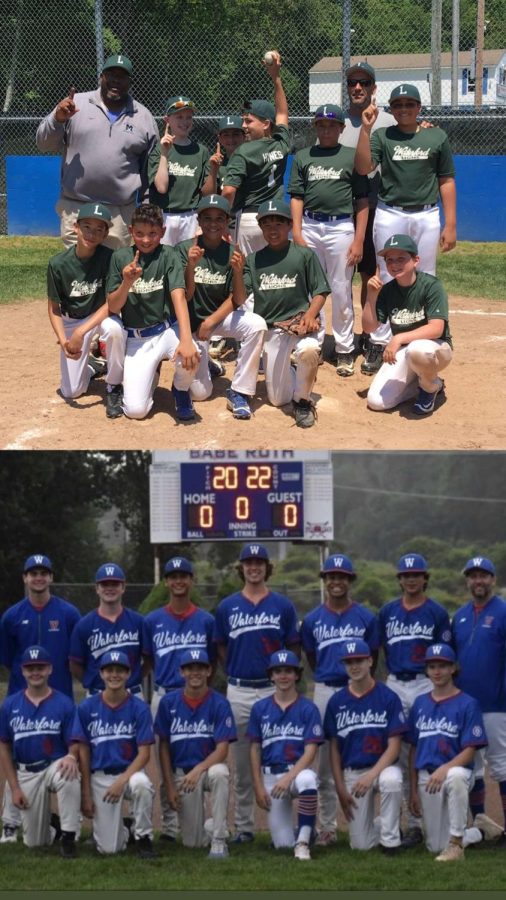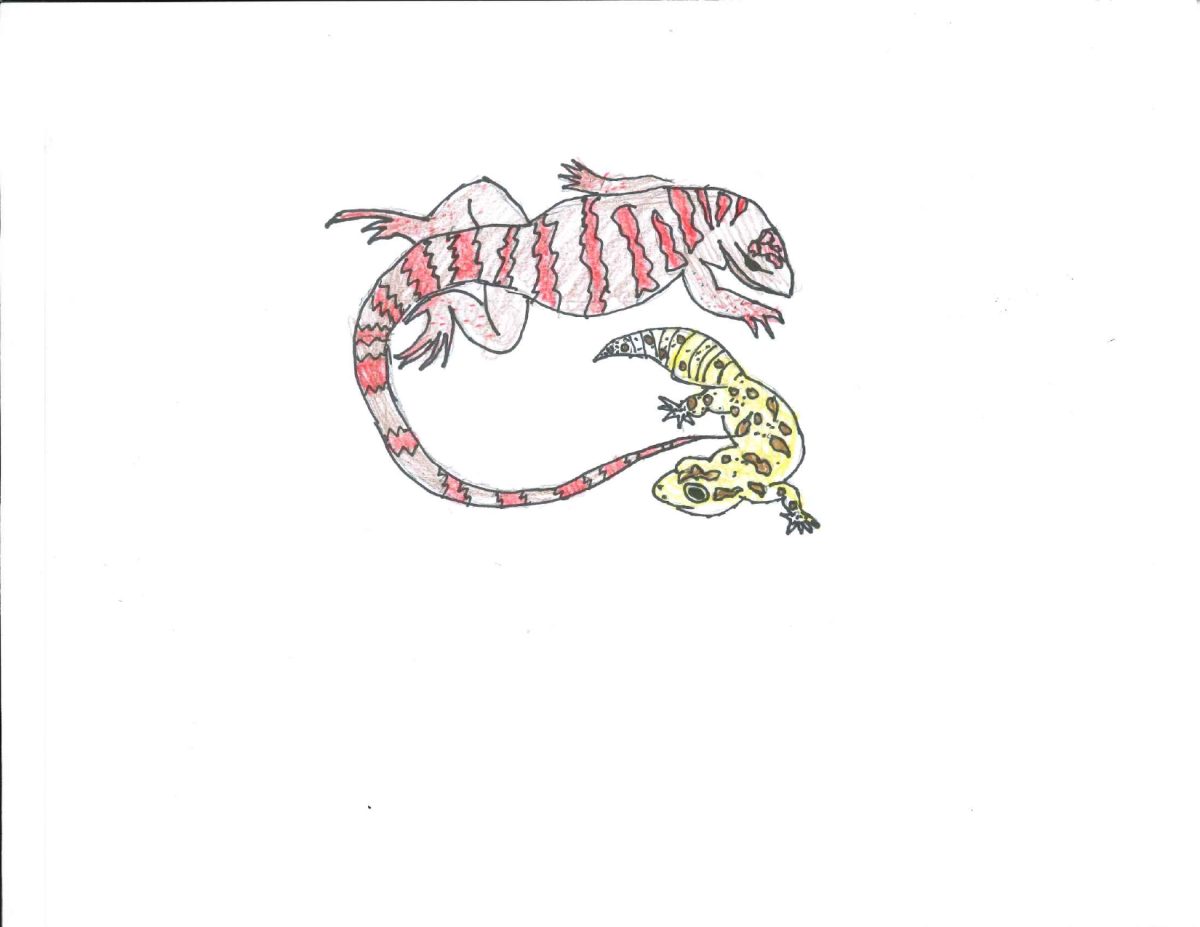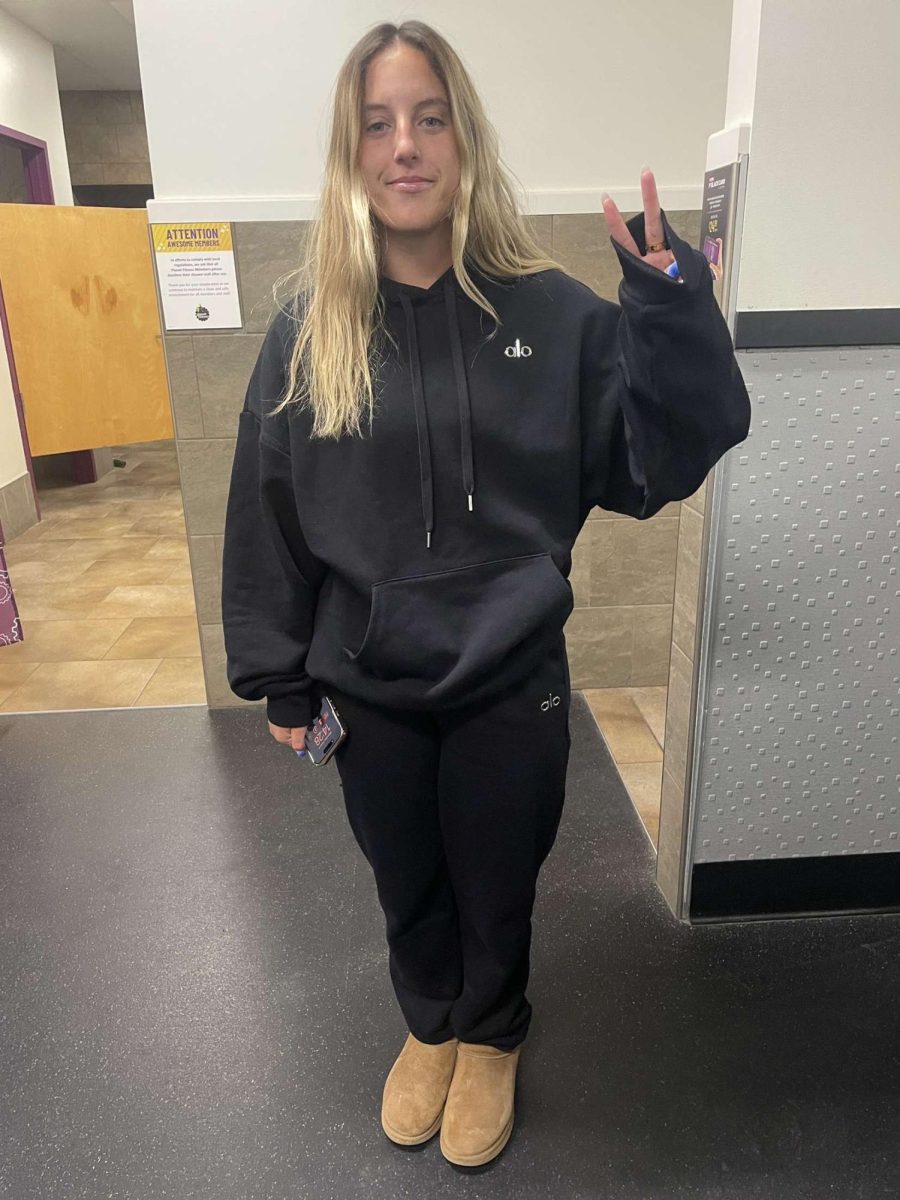The Sports Feeder System
May 2, 2023
If you drive past Spera Field on a nice sunny Saturday morning and continue down Gardeners Road, you’ll see kids playing soccer, baseball, softball, and football. With players screaming across the fields and lots of enthusiastic parents. Waterford is proud to have these programs. The feeder system in Waterford offers a variety of programs that correlate with high school athletics. In comparison to the athletics offered at the high school, there are only seven sports at the middle school out of the 22 offered at the high school. Having a feeder program has a large impact on the success of high school sports.
A feeder system focuses on a town’s younger students and prepares them to compete at the high school level. While Clark Lane Middle School may only offer seven sports, there are many opportunities in Waterford throughout town programs. One of the ways children can participate in more sports outside of school is through Waterford Parks and Rec, where kids can play basketball, baseball, swimming, softball, and football.
Feeder programs have overall been successful in many different beneficial ways. Derek Rivera and Yank Faburay, varsity football players, volunteer with the youth football program. They noticed how many benefits come along with the program. Yank saw how the younger kids responded when the high school team showed up: “[The kids] seemed more motivated to do the drills, and they really looked up to us, and overall showed more passion for football.” Derek saw benefits for the high schoolers as well: “It was a win-win situation… we got to bond as a team and improve our skills by teaching others.” The bonds grown through these feeder programs have been transferred throughout all ages. The highschool players gain skills through communication and their instructions that have taught youth players additional skills. Coaches who prioritize these interactions at WHS can hopefully see further growth in their programs.
The lack of programs offered for some sports in Waterford affects the outcome in high school and their level of competition. In particular, tennis and field hockey have no access to a feeder program. While both sports have a lot of participating members, the lack of initial knowledge of how to play the sport can be difficult. Ava Tinerrello, who’s been playing tennis through her three years at high school, believes the love of the sport is exceptionally strong between the girls. However, to her, the level of play they compete in is not as high as it should be. Tennis is an expensive sport, which limits the amount of opportunities for some athletes who don’t have a feeder program, or athletes who may take a while to develop their skills. Tinerrello says, “Having a program before high school would make our team a lot stronger in skills, since a lot of techniques need to be learned.” Field hockey player Kam Mazulli also has seen the effect of their competitiveness, due to the initial lack of skill. Mazulli says, “We spend time teaching them during summer conditioning and at first practices. So freshman and sophomore year is spent perfecting the basics.” Many teams spend a large amount of time teaching basic skills that other sports get to experience during the elementary and middle school years. Especially this year tennis had 20 girls and field hockey about 16 newcomers who needed to develop basic skills and knowledge of the sport. That left the program at an initial disadvantage and preseason struggle.
On top of the lack of preparation in the early stages of training, field hockey suffers from a lack of exposure. Senior Kam Mazzulli has noticed, “No one knows of it (the sport) until they get to the high school, which makes it very unpopular.” Furthermore, she has seen the decrease of girls trying out or participating compared to the other girls’ outdoor fall sport, soccer. Kam finds that other girls she’s met have not wanted to go outside their comfort zone and learn a new sport during high school but stick to the common youth sport soccer. Since many girls are introduced in elementary school to soccer before field hockey, the level of participation is higher.
On the other hand, soccer has experienced a much larger turnout than field hockey. Not only does the soccer team have more members, but they have many girls who have been playing for over ten years, a result of the town and middle school options. Having lots of preparation in the early stages of a student’s career has prepared them for greater competition like travel and club teams. Brynn Dickenson, a senior soccer player, says, “These past few seasons our HS starting line-up has consisted of all club players.” In addition to the early exposure to the sport, these girls have been playing together since middle school, which furthers their skills to club sports and increases their HS teams competition level. Brynn has observed it has added to the team experience since most of the girls are playing year round with one another.
There are so many students in the boys basketball feeder system, producing a wide selection of athletes to evaluate at the high school level. But compared to other schools WHS has not yet found the happy medium to develop their players skills to a competitive level. The basketball team is struggling to develop their players, although they have been given the opportunity of a feeder program. Jordi Cassar, a junior on the basketball team says, “The large number of teams… has formed decent competition, but nothing compared to surrounding towns, as these kids have been playing on one team for so long.” Since the basketball program has a stellar feeder program, the number of boys on the team has never been a concern. A struggle they have is creating the on-court bond that other schools have already developed. That luckily other schools were fortunate to have skills and teamwork already formed pre-high school.
College athletes need a different level of preparedness that high school athletics need to prepare them for. Varsity athletes Kam Mazzulli and Brynn Dickenson have both committed to colleges to further their career in athletics. They will both have different team environments to be welcomed too. While Brynn, who plays soccer, was offered a feeder program at a younger age, Field hockey player Kam wasn’t given the same opportunity. Brynn says playing soccer at a younger age has “prepared me for the level of play in college…. and gave me many opportunities to experience them”. Kam, on the other hand says, “Having no feeder program had me work even harder to prepare to play in college. I did have to find many clinics and other teams to help advance.” A huge difference between the two is the hours offered compared to those that many have to seek to find opportunities. Kam Mazzuli along with many others with no feeder system, “Spend countless hours working on my basics while others grew up advancing them in their feeder programs”.
Having a feeder system and broader opportunities can lead to some benefits in sports, unfortunately, it’s clear that other sports suffer from not having those systems in place. Waterford would benefit from giving other sports a feeder system and programs because it would create a more diverse sports environment and give equal opportunities to every sport. and the students interested in it. Sports that have been marginalized in Waterford are slowly growing over the years, advancing the high school programs.








